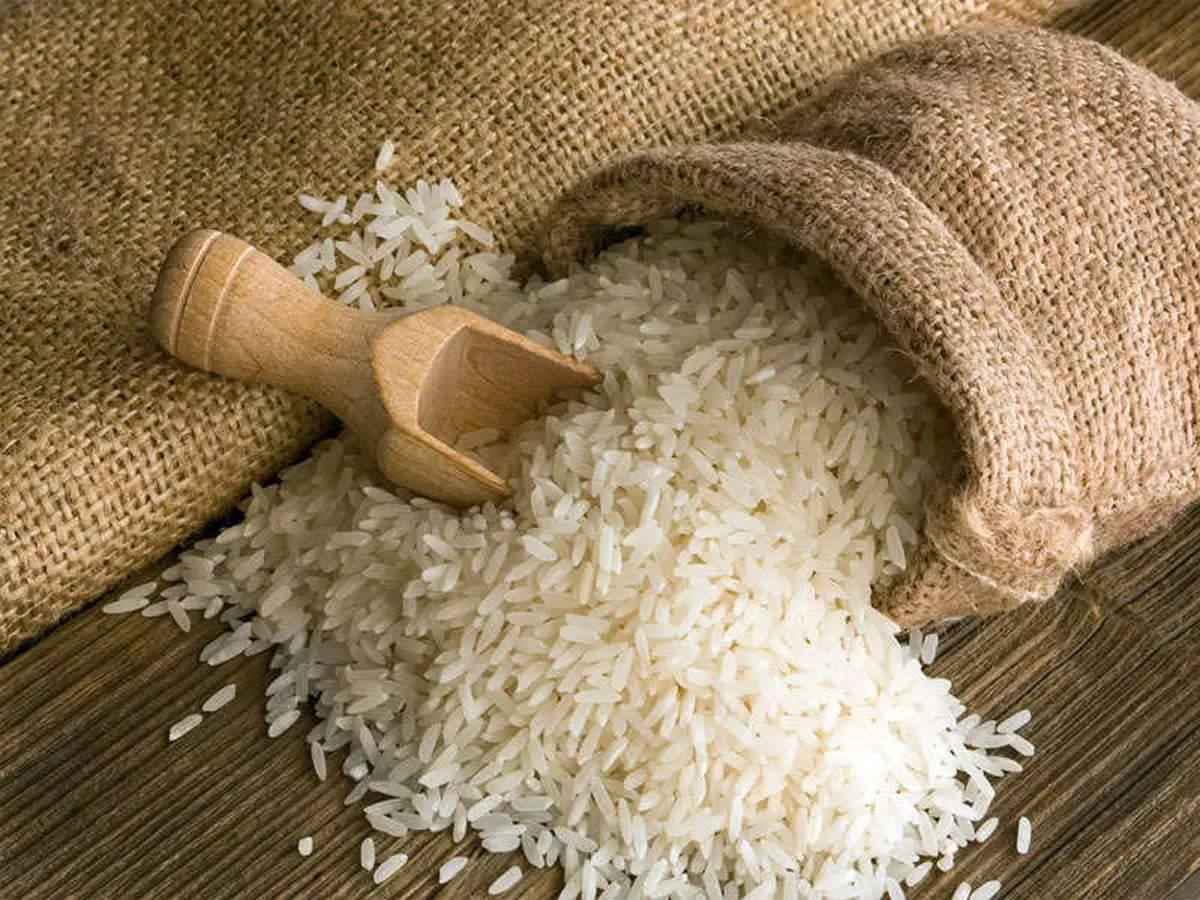
By Khulile Thwala
From China to the United States to the European Union (EU), rice production is falling and driving up prices for more than 3.5 billion people across the globe.
According to Fitch Solutions in a published report on April 18, the global rice market is set to log its largest shortfall in two decades this year.
Analysts say a deficit of this magnitude for one of the world’s most cultivated grains will hurt major importers.
At the global level, Fitch Solutions’ commodities analyst Charles Hart, stated that the most evident impact of the global rice deficit has been the decade-high rice prices.
Read More: South Africa’s inflation rises for the second month, driven by food prices
Rice prices are expected to remain notched around current highs until 2024, stated a report by Fitch Solutions Country Risk & Industry Research dated April 4.
The price of rice averaged E130 per cwt through 2023 year-to-date, and will only ease in 2024, according to the report. Cwt is a unit of measurement for certain commodities such as rice.
“Given that rice is the staple food commodity across multiple markets in Asia, prices are a major determinant of food price inflation and food security, particularly for the poorest households,” Hart said.
The global shortfall for 2022/2023 will come in at 8.7 million tonnes, the report forecasted. According to Hart, that would mark the largest global rice deficit since 2003/2004, when the global rice markets generated a deficit of 18.6 million tonnes.
Read More: AU Summit to focus on faltering trade, armed conflict & food crisis
There’s a short supply of rice because of the ongoing war in Ukraine, as well as bad weather in rice-producing economies like China and Pakistan.
In the second half of last year, swaths of farmland in the world’s largest rice producer China were plagued by heavy summer monsoon rains and floods.
The accumulated rainfall in China’s Guangxi and Guangdong provinces, China’s major hubs of rice production, was the second highest in at least 20 years, according to agriculture analytics company Gro Intelligence.
Similarly, Pakistan — which represents 7.6 per cent of global rice trade — saw annual production plunge 31 per cent year-on-year due to severe flooding last year, said the US Department of Agriculture (USDA), labelling the impact as “even worse than initially expected”.




